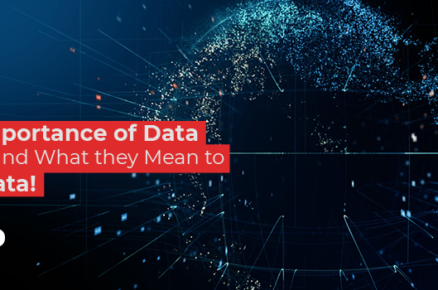With the advent of the Fifth Industrial revolution technology has become a huge enabler for a lot of industries inclusive of manufacturing, textile, agriculture, consultancies, banking and finance and many more but most importantly the telecom sector has been disrupted by the new technological and network inventions.
In the past 10 years, the telecommunications industry has undergone significant changes driven by active mobile adoption in rural and urban areas of the country, new age technologies, and evolution in the customer expectations. The upcoming disruptor is 5G, which will help organizations to provide exciting new experiences to their customers while transforming their internal business processes.
Multiple cloud computing platforms have been innovating in various spheres be it technology, fintech or banking inclusive of the tech behemoth Google. Google has developed a full proof platter of telecom specific cloud solutions and ecosystems with the assistance of leading telecom companies across the world to help these companies scale faster. Recently, Google Cloud Platform is on the verge to leverage 5G network to scale up internal systems, minimize cost, broaden the revenue horizon and provide customers with seamless personalized services. Similar platforms are being developed by IBM and other tech giants to create a better-connected world.
To do this there are three ways in which Telecom companies can use Cloud computing to improve NextGen 5G Wireless Networks.
- Unrestricted cloud platform to create network compatible apps
There are many open cloud platforms available, including Google’s open cloud platform. For these telecom companies, use cloud-native hybrid and multi-cloud applications, to deliver various workloads to the network by giving the telcos control over of their data. Open cloud platforms bring the flexibility and scalable cloud computing on-prem workloads, opening up avenues to revolutionize existing applications in use, create cloud-based solutions, secure and optimize existing apps in the cloud whether on-perm or on open cloud platforms purchased by them or available publicly. Additionally, by utilizing Kubernetes these open cloud networks can benefit in telcos to develop Android for network-based apps.
- Wide range of 5G solutions and a widespread global distributed channel to deploy cloud computing
Organizations still use on premises hardware-based systems to compute heavy data inflows and outflows example; instore retail experiences. This is a highly costly affair as it requires processing power, systems at place to store equipment and additional arrangements to secure these systems. With new 5G network utilities it can help companies easily transition from on premises hardware systems, 5G can assist in uploading the entire data on cloud and help the telecom offer faster speed with low cost along with enhanced user experience. Telecom companies have a two-fold opportunity to develop 5G apps to optimize their own operations, as well as to resell 5G solutions to their own customers. Cloud’s technologies and its capabilities can enable technologies, such as AI, machine learning, and smart data analytics solutions.
- Inclusion of AI/ ML and data analytics to transform customer experience
Several Cloud computing companies have serverless, data storing solution with in-built machine learning capacity. Telecom companies with use of ML can easily analyze consumer data and query management, content consumption habits in real time. This can help them provide personalized options, targeted services and products.
5G can accelerate and nurture AI which is still in its nascent stage. 5G enabled AI can be simple, deploy virtual agent chatbots swiftly that can provide automated help to customers with simple queries and assist human customer service representatives in helping customers with more complex problems. If the chatbot is unable to solve a customer’s concern on its own, it can seamlessly transfer the customer to a human agent. The chatbot can predict patterns and use natural language recognition to assist the customer service agent in real-time, understanding customer’s behavioural patterns and providing step-by-step assistance.
We help organizations to develop service resiliency, manage operational costs and accelerate business alignment with robust administrative and monitoring capabilities. Our services are designed to help you capitalize on the opportunities presented by Cloud technologies.












